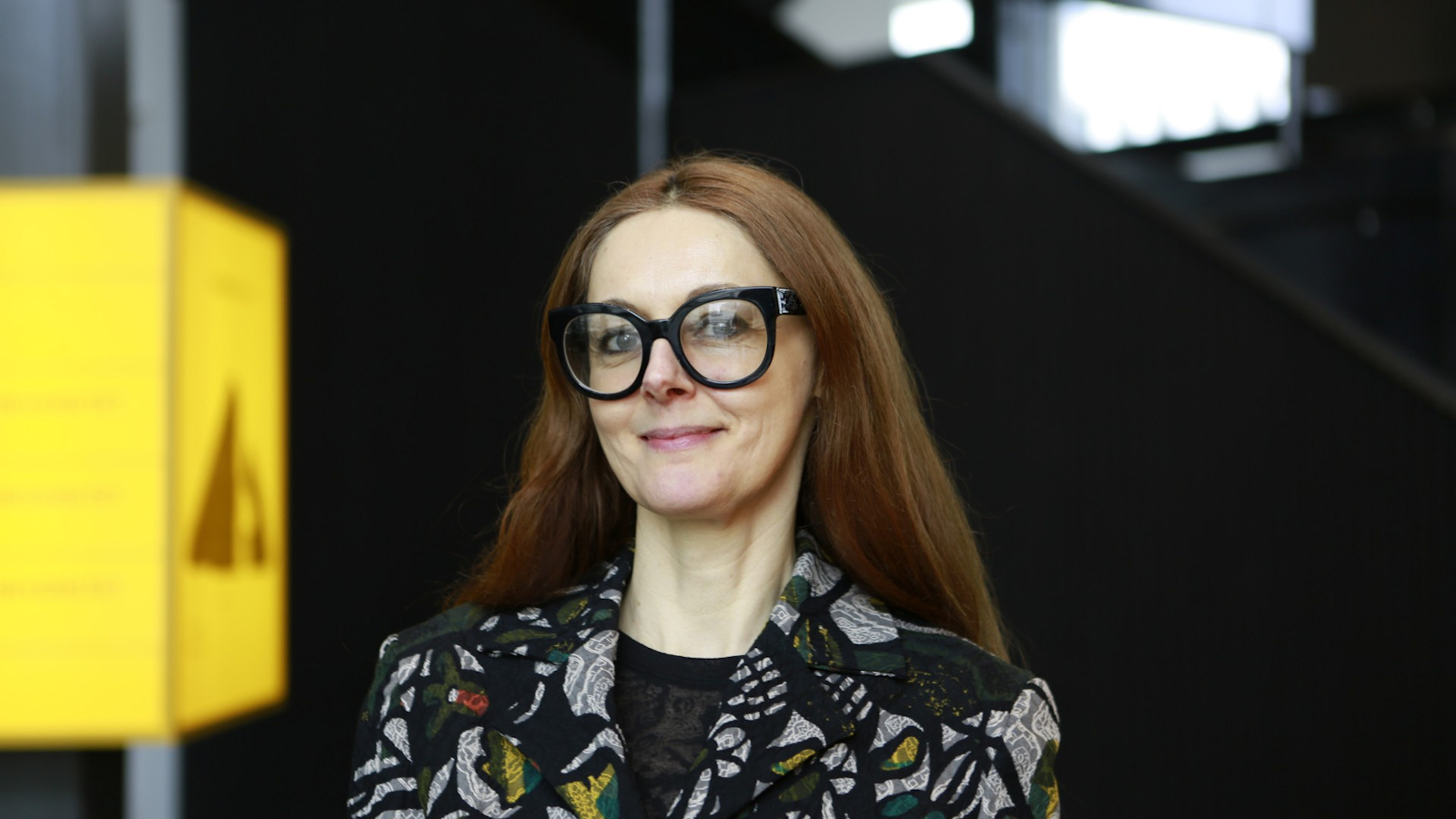Professor Danica Kragic is an internationally recognized researcher in AI and robotics at KTH Royal Institute of Technology. Her academic journey began when the technologies driving today’s agendas were still in their infancy – both in industry and academia. She has been active on several major boards, including within the Wallenberg sphere, and currently sits on the boards of H&M and Saab. In this interview, she shares her experiences and reflections on board work, technological development, and the importance of diversity.
You’ve worked in academia your entire career. How did you become involved in board work?
“I’ve always been a researcher in technology and AI – areas that were relatively new internationally when I started. I got in touch with the industry early on through collaborations where we evaluated whether the technology was ready for implementation and automation. That led to invitations to various boards to present our research. Once companies understood the depth of expertise required to grasp AI and robotics, they realized there was a need for that specific knowledge in the boardroom. There are still relatively few with in-depth technical knowledge in these areas, so it was a natural progression that I was asked.”
You’ve been active on several major boards – what do you think today’s boards need?
“Everything has become more interdisciplinary. Boards today require much broader competence, preferably from various industries and also with an international perspective. It’s not enough to simply have opinions – you need real experience, both strategic and operational. I’ve thrived the most in boards where members have diverse backgrounds, as that forces you to challenge your own thoughts and reasoning. That drives learning and innovation; you can no longer just check boxes. Board work should stimulate growth, questioning, and new ideas. We have to ask ourselves: what kind of boards do we want to build dynamic and future-proof strategies?
It’s important for me to balance board assignments with my research role. I’m an active researcher and lead a research group of over 30 people at KTH, which in practice means an operational leadership role where I’m responsible for funding, strategy, personnel, project management, and much more. A successful academic is in many ways both a CEO and a CFO – but few see it that way. I do the planning, the hiring, I follow up on analysis, and I set long-term goals as well as concrete action plans. Compared to a line role in industry, we have fewer resources but a broader mandate.”
What is your view on women’s representation in boards?
“There’s a lot of talk about gender, but I want to broaden the discussion to diversity in general – gender, background, experience. It adds so much richness when people in the boardroom come from different contexts. The social capital is activated in new ways when boards include varying perspectives. But yes, women are still underrepresented – also in executive teams, which is often a prerequisite for eventually joining a board. If women aren’t offered operational roles, they miss the chance to build the experience needed for the future.
I also think women can sometimes be a bit more cautious. That’s why I believe it’s important to support each other: if you decline a request, recommend another woman! Men are much better at lifting each other up. That’s a cultural change we need to actively work on.”
Is progress in inclusion and representation happening fast enough?
“We’ve started taking the conversation more seriously, yes – but is it happening fast enough? Probably not. The women who are already established board professionals have no trouble getting new roles, but we need to help more people take that first step – first into management teams, then into the boardroom. We also need a deeper discussion about why the situation looks the way it does. The dialogue often remains superficial – ‘we need more women’ – but we don’t talk enough about the structures behind it.”
What are the biggest challenges facing boards today, especially in a time of rapid change?
“To stay on course when everything is moving quickly. There’s a saying that the board is supposed to ‘steer the boat to shore’ – and that requires clarity, strategy, and often new ways of working. New muscles. New ways of collaborating.
Digitalization, AI, and sustainability requirements – all of this means boards must be even more alert and eager to learn. We need to be able to look both backward and forward, constantly evaluating and adapting. Shareholders demand it – and rightly so. They want to know where their money is being invested. At the same time, regulatory requirements are increasing – especially around reporting and ESG. That means more work for boards, and it’s particularly challenging for smaller companies that lack resources. But we will develop tools and processes to make it easier. I believe it’s necessary – and ultimately better for everyone involved, both owners and companies.”
Finally, what would you like to see more of in the boards of the future?
“More curiosity, more learning, more perspectives. I really enjoy working with boards made up of people who truly want to understand and don’t just check boxes – but who challenge, contribute, and dare to push the discussion forward. The boardroom should not be a quiet place – it should be a space for new ideas, new strategies – and genuine support for the CEO, who’s in the operational spotlight.”
#Boards #AI #Technology #Robotics
